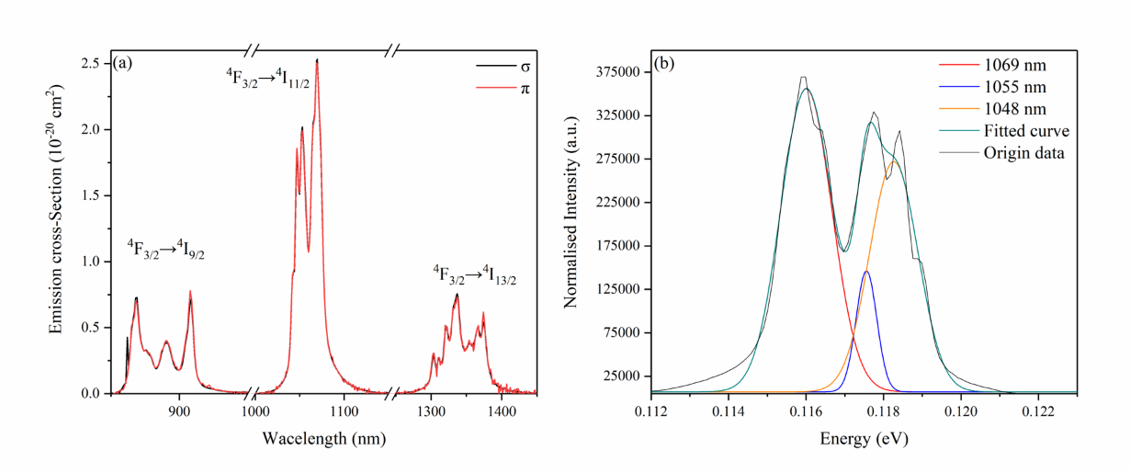The continuous development of environmental monitoring, laser radar, laser communications and medical instrumentation that have led to the near-mid lasers have drawn much attention in the past few years. In recent years, various methods for realized simultaneous near-mid laser output in Nd doped crystals have been implemented. Regrettably, Nd3+ ions have a large ionic radius, which results in a very low segregation coefficient in the crystal, this limits the increase of doping concentration in the crystal.
Recently, a research team of Shanghai Institute of Optics and Fine Mechanics, Chinese Academy of Sciences, has succeeded in developing a new kind of laser crystal with high Nd3+ segregation coefficient: Nd: CeF3 crystal. The result was published in Journal of Luminescence.
For the first time, the transparent 0.5 at% Nd: CeF3 crystal was grown successfully by the Bridgman method with no bubbles and cracks in it. Crystal growth system consists of graphite crucible and temperature field. In order to avoid oxidation during crystal growth, the inside of the furnace was under the atmosphere of high-purity Ar and CF4 during the whole procedure. In order to study the characteristics of the crystal, polarized spectroscopic and thermal properties were recorded.
It was found that the crystal has an emission cross section of 2.53 × 10-20 cm2 at 1070 nm for σ- polarization and a fluorescence lifetime of 0.406 ms, the quantum efficiency is 78%. The thermal conductivity in the c-orientation is 1.57 W/m/K, the thermal conductivity loss of CeF3 crystal is lower than that of YAG crystal at the same Nd3+ doping concentration.
In addition, the effective segregation coefficient of Nd3+ in CeF3 crystals is 0.63, which is much higher than the current commonly used YAG and YVO4 crystals, making it easier to achieve high concentration doping. These evidences indicate that the Nd:CeF3 crystal may be a promising material for near-mid lasers applications.
This work was supported by the National Key R&D Program of China, the National Natural Science Foundation of China, the National Natural Science Foundation of China and the Equipment Pre-research Foundation Project of China.

Polarized emission cross-section in the range of 850–1450 nm (a) and fitting curve of 4F3/2→4I11/2 transition (b) of Nd: CeF3. (Image by SIOM)

Fluorescence decay curve of the Nd: CeF3 crystal for 4F3/2 transition. (Image by SIOM)
Article website:
https://www.sciencedirect.com/science/article/pii/S0022231319308440
Contact:
Mr. Wu Xiufeng
General Administrative Office
Shanghai Institute of Optics and Fine Mechanics, CAS
Email: xfwu@siom.ac.cn